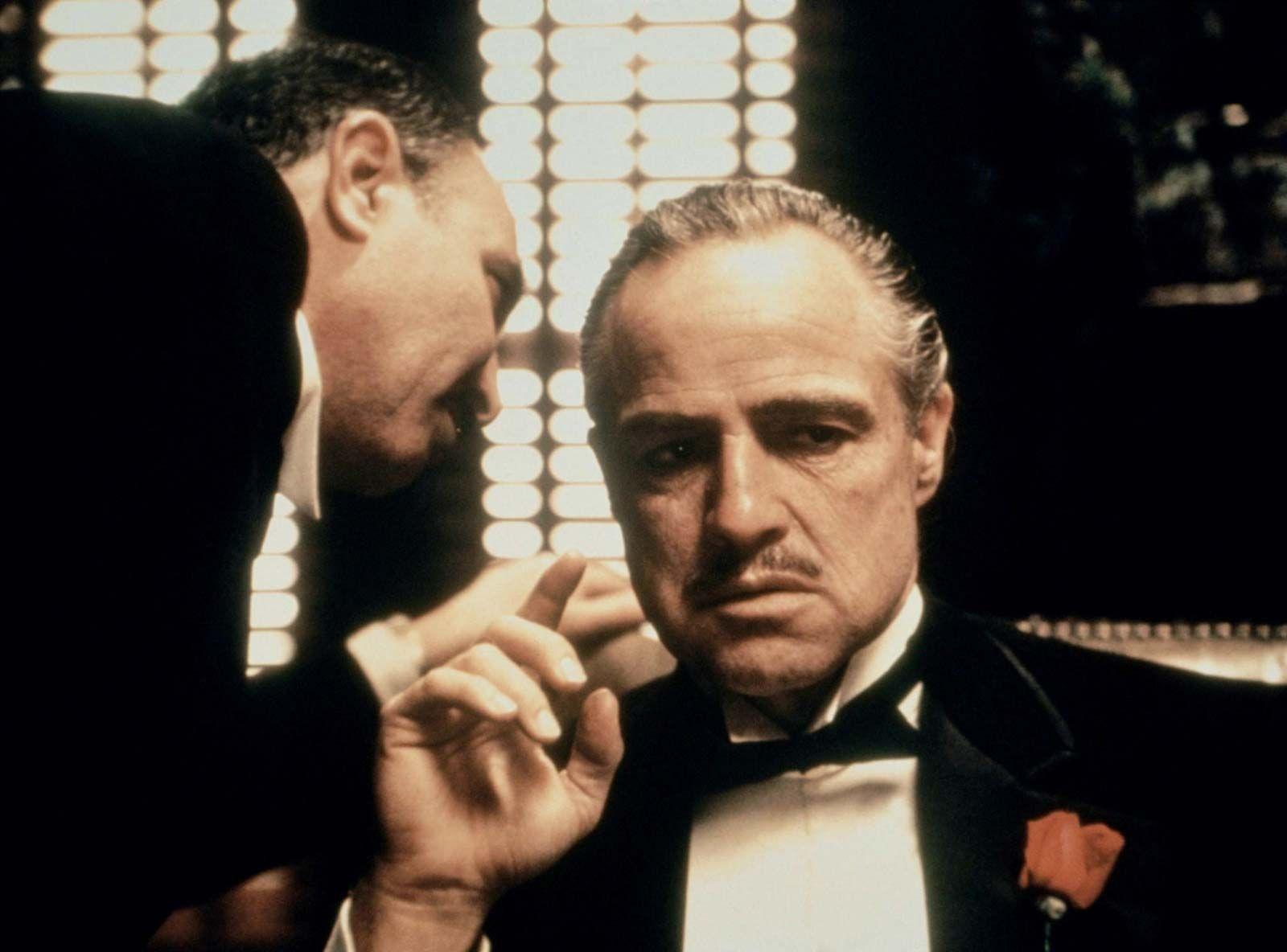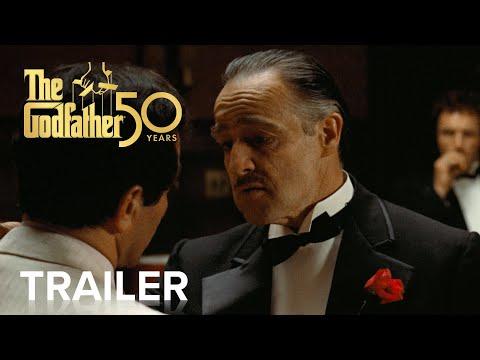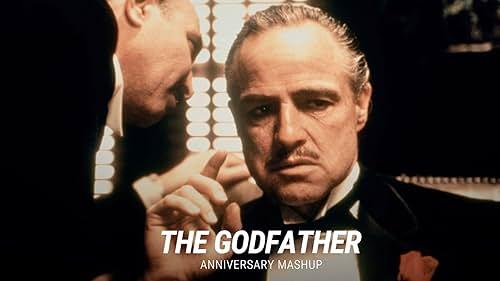The Godfather, both as a novel by Mario Puzo and as a film directed by Francis Ford Coppola, stands as a seminal work in the landscape of 20th-century storytelling. Its intricate portrayal of the Corleone family not only captivated audiences with its dramatic narrative and complex characters but also left an indelible mark on popular culture. This article delves into an in-depth analysis of The Godfather, exploring its narrative structure, thematic depth, and cinematic techniques. Additionally, it examines the cultural impact of the saga, highlighting how it reshaped the portrayal of organized crime in media and influenced various aspects of society. By dissecting its enduring legacy, this analysis seeks to understand why The Godfather remains a touchstone in both literature and film, continuing to resonate with audiences decades after its release.
Character Development and Moral Complexity
The intricate tapestry of character development in The Godfather is a cornerstone of its narrative brilliance, inviting audiences into a world where moral complexity is not just an undercurrent but a defining element. At the heart of this tale is Michael Corleone, whose transformation from a reluctant family outsider to a ruthless mafia leader exemplifies a journey fraught with ethical ambiguity. His evolution raises compelling questions about the nature of power and loyalty, challenging viewers to contemplate the fine line between good and evil. This complexity is not limited to Michael alone but extends to a host of richly developed characters, each navigating their own moral dilemmas.
- Vito Corleone: The patriarch whose decisions, while seemingly rooted in a code of honor, often blur the lines of morality.
- Tom Hagen: A consigliere who balances legal boundaries with familial obligations.
- Sonny Corleone: His impulsive nature contrasts with moments of vulnerability, offering a multifaceted view of loyalty and aggression.
These characters, through their complex moral landscapes, compel audiences to reflect on themes of justice, power, and the inherent duality of human nature. Their stories unfold in a narrative that refuses to provide easy answers, instead presenting a world where ethical decisions are perpetually in shades of gray. This nuanced portrayal of has cemented The Godfather as a seminal work, not just in cinema, but as a profound cultural touchstone.
Cinematic Techniques and Storytelling Mastery
The Godfather, directed by Francis Ford Coppola, is a masterclass in cinematic techniques that intricately weave storytelling with visual artistry. The film utilizes a blend of lighting, camera angles, and color palettes to reflect the complex themes of power, loyalty, and family. For instance, the use of chiaroscuro lighting not only sets the mood but also underscores the moral ambiguity of its characters, casting long shadows that metaphorically represent the duality of human nature. The film’s opening scene, with its tight framing and deliberate pacing, immerses the audience in the world of the Corleone family, establishing an intimate connection that persists throughout the narrative.
Furthermore, Coppola’s adept use of symbolism and motifs amplifies the storytelling, making The Godfather a rich text for analysis. The recurring imagery of oranges, for instance, is a harbinger of impending doom and violence, cleverly integrated into the storyline to foreshadow key plot developments. The juxtaposition of religious rituals with acts of violence, as seen in the iconic baptism scene, highlights the moral contradictions faced by the characters. These techniques not only enhance the narrative depth but also contribute to the film’s enduring cultural impact, inspiring countless filmmakers and becoming a touchstone in the lexicon of modern cinema.
- Lighting: Chiaroscuro to emphasize moral ambiguity.
- Camera Angles: Tight framing for intimacy and tension.
- Color Palettes: Subtle shifts to reflect thematic undertones.
- Symbolism: Oranges as a motif for impending doom.
- Motifs: Religious rituals juxtaposed with violence.

Cultural Reflections and Societal Influence
Francis Ford Coppola’s The Godfather is not just a cinematic masterpiece; it is a cultural phenomenon that has left an indelible mark on society. Through its intricate storytelling and compelling character arcs, the film delves into themes of power, loyalty, and the American Dream, resonating deeply with audiences worldwide. Its influence extends beyond the realm of cinema, shaping perceptions of organized crime and redefining the gangster genre. The film’s portrayal of the Corleone family offers a nuanced reflection of familial bonds and moral ambiguity, prompting viewers to question their own values and societal norms.
- Language and Dialogue: The film’s dialogue has permeated popular culture, with lines such as “I’m gonna make him an offer he can’t refuse” becoming iconic.
- Fashion and Style: The sartorial elegance of the characters, particularly Don Vito Corleone’s attire, has influenced fashion trends, embedding the image of the sharply dressed mobster into the public consciousness.
- Music: Nino Rota’s haunting score has become synonymous with the film’s themes, enhancing its emotional depth and serving as a cultural touchstone for audiences.
In examining its societal impact, The Godfather has been instrumental in shaping the portrayal of Italian-American identity in media, both challenging and reinforcing stereotypes. It has sparked discussions on the romanticization of crime, prompting a critical analysis of how media influences public perception. As a cultural artifact, The Godfather continues to be a subject of scholarly study, illustrating the profound ways in which art can reflect and shape societal values.

Recommendations for Further Study and Appreciation
For those intrigued by the intricate layers of The Godfather and its far-reaching cultural ramifications, diving deeper into the world of film studies can be immensely rewarding. Exploring the following resources can enrich your understanding and appreciation:
- Academic Articles: Delve into scholarly articles that dissect the narrative techniques and thematic elements of the film. Journals such as Film Quarterly and Journal of Popular Film and Television often feature insightful analyses.
- Documentaries and Interviews: Watching documentaries like The Godfather Legacy and interviews with key figures such as Francis Ford Coppola and Al Pacino can provide behind-the-scenes insights and different perspectives on the film’s creation and impact.
- Books on Film History: Consider reading books such as Easy Riders, Raging Bulls by Peter Biskind, which contextualize the film within the broader landscape of 1970s American cinema.
Engaging with these resources can deepen your comprehension of how The Godfather not only revolutionized the gangster genre but also mirrored and influenced societal attitudes of its time. As you explore these materials, consider the film’s narrative structure, character development, and its portrayal of power and family dynamics.
